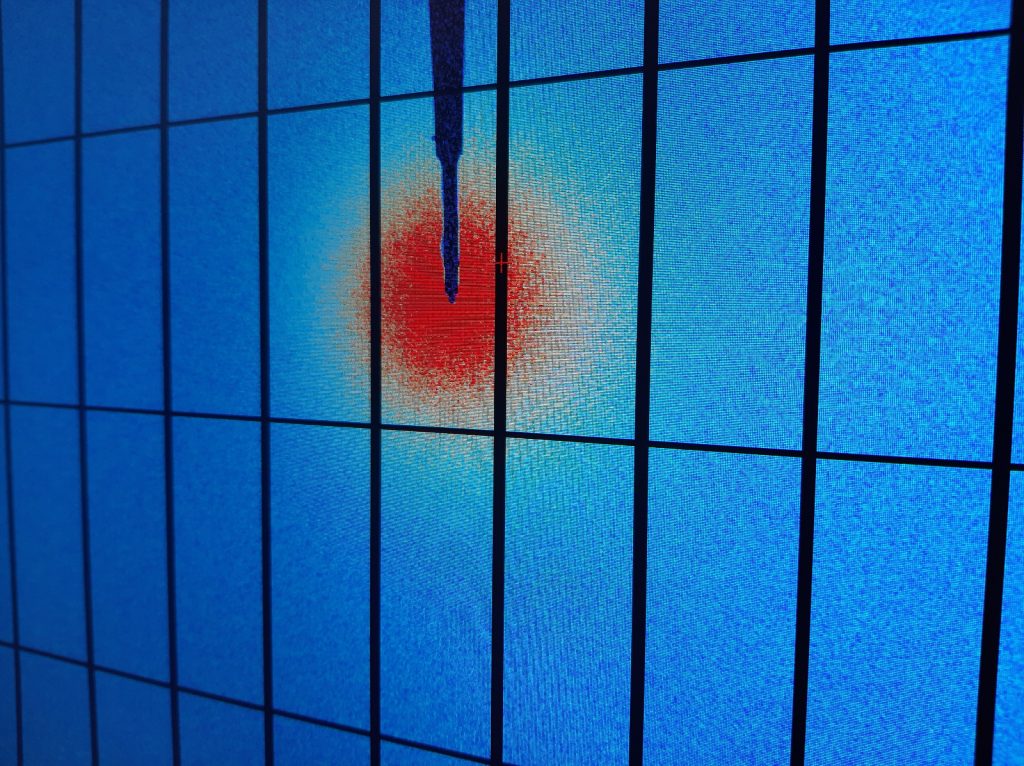
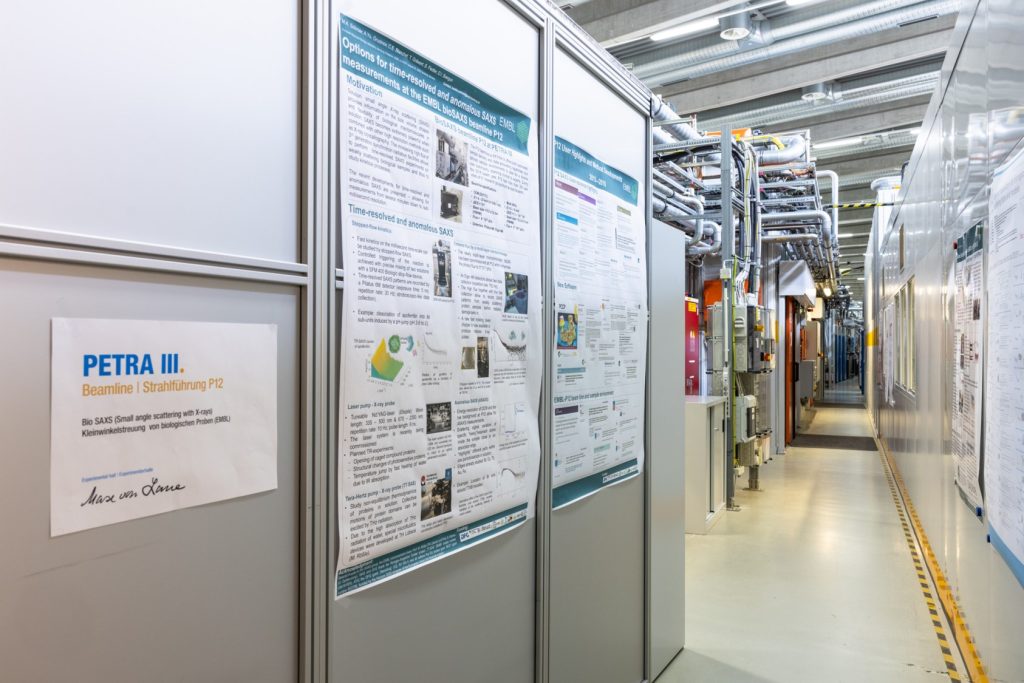
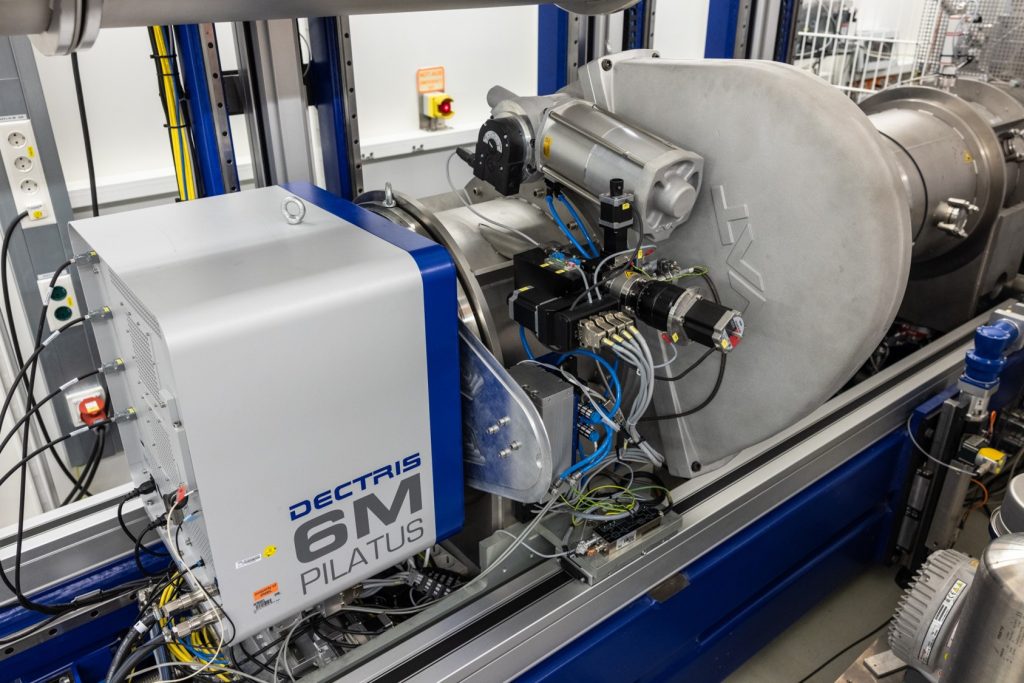
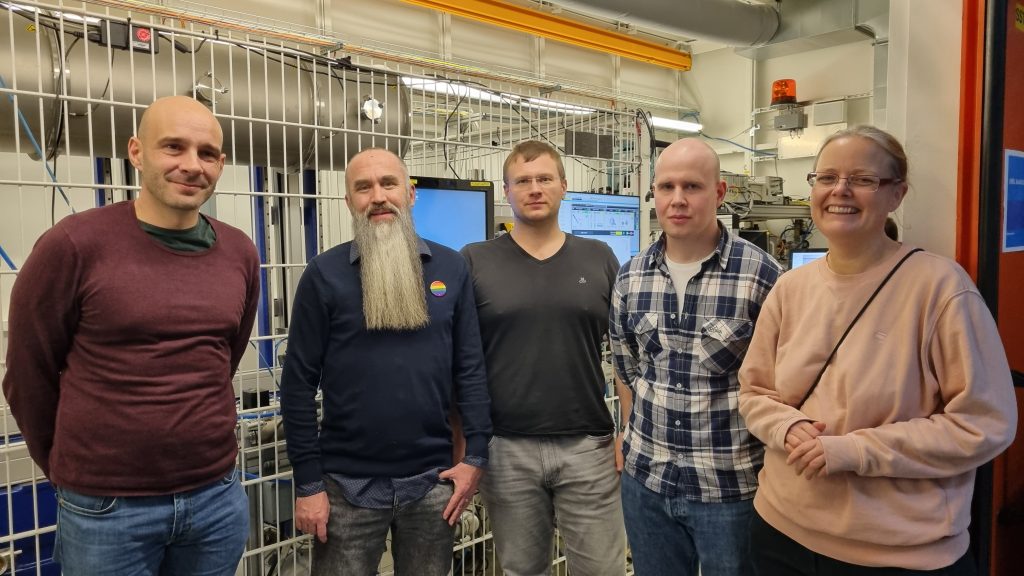
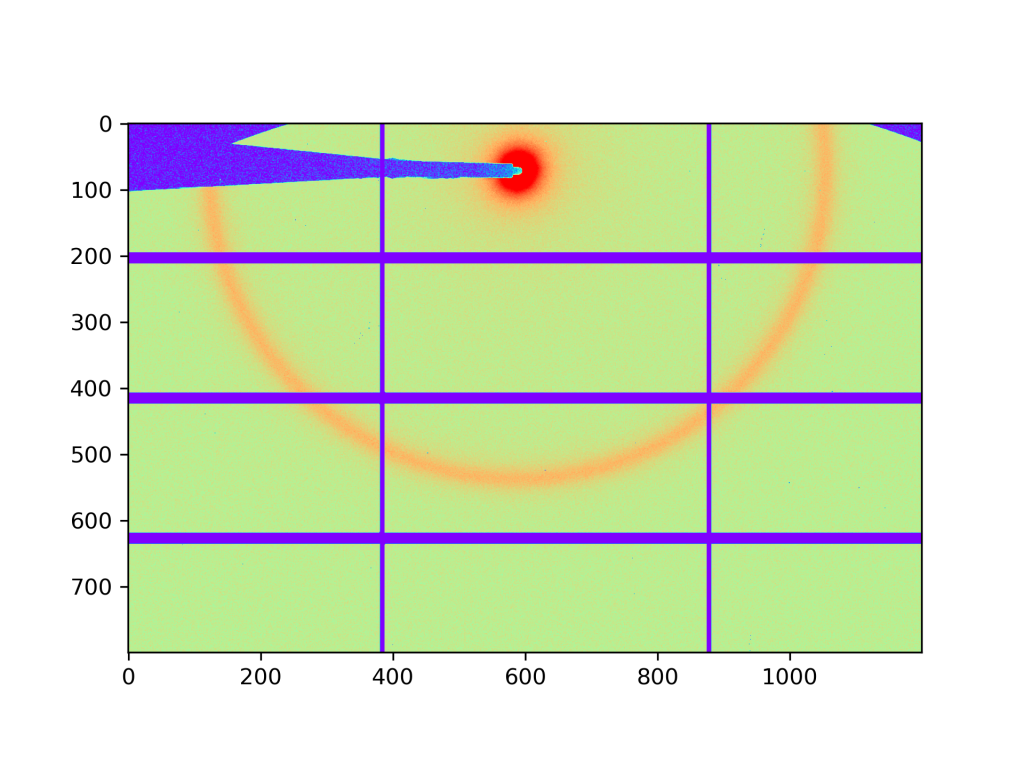
Experimental Possibilities (SAXS) with Small Angle X-ray Scattering
The SAXS beamline at EMBL offers a wide range of experimental capabilities, designed to meet the diverse needs of the scientific community.
Key Experimental Techniques:
- High-Throughput SAXS: Achieve rapid data collection using an automated liquid handling system. With an in-vacuum setup, sample volumes as small as 30 µl can be used per measurement, and exposure times range from 1-4 seconds depending on experimental conditions. Note, the whole measurement cycle with cleaning and drying of the capillary takes ~ 90 seconds.
- Chromatography-Coupled SAXS: Perform size-exclusion chromatography in-line with SAXS measurements (SEC-SAXS). This approach allows the analysis of heterogeneous samples and ensures sample monodispersity before SAXS data collection. Similarly, we now offer the coupling of Asymmetric Flow Field-Flow Fractionation (AF4) to the SAXS capillary, expanding analysis opportunities to larger length scales and across a wider variety of sample types.
- Anomalous SAXS (ASAXS): Study element-specific scattering using ASAXS, which enhances contrast by tuning the X-ray energy near the absorption edge of selected elements. This is ideal for examining complex samples containing metals or distinguishing between components in a mixture. ASAXS can also be combined with various sample environments, allowing for controlled temperature or time-resolved studies.
- Wide-Angle X-ray Scattering (WAXS): The WAXS setup extends the measurement range to s≈ 25 1/nm for samples requiring higher resolution structural details.
- Time-Resolved SAXS: Our setup allows for sub-millisecond time resolution, ideal for capturing fast structural changes in dynamic systems. Temperature scans can also be performed to track structural evolution as a function of thermal conditions.
Sample Environments:
Various sample environments are available to customize experiments, including temperature-controlled capillary holders, stopped-flow setups, and user-supplied sample environments. For detailed information on available sample environments, please visit the Sample Environments page.
Remote Access and Mail-in Operations:
We offer remote access for SAXS data collection, enabling researchers to submit samples and collect data from anywhere. Mail-in options are also available, further facilitating access to the beamline.
Additional Capabilities:
- Off-line Dynamic Light Scattering (DLS) and Refractive Index Measurements: These complementary techniques are available to enhance SAXS experiments. Reach out to the beamline staff in advance to schedule the measurements in the User lab during your visit.
- Stopped-Flow SAXS: Ideal for studying rapid biochemical reactions in solution with time-resolved SAXS.
For a full list of parameters, including beamline specifications and detectors, please see our Beamline Parameters page.